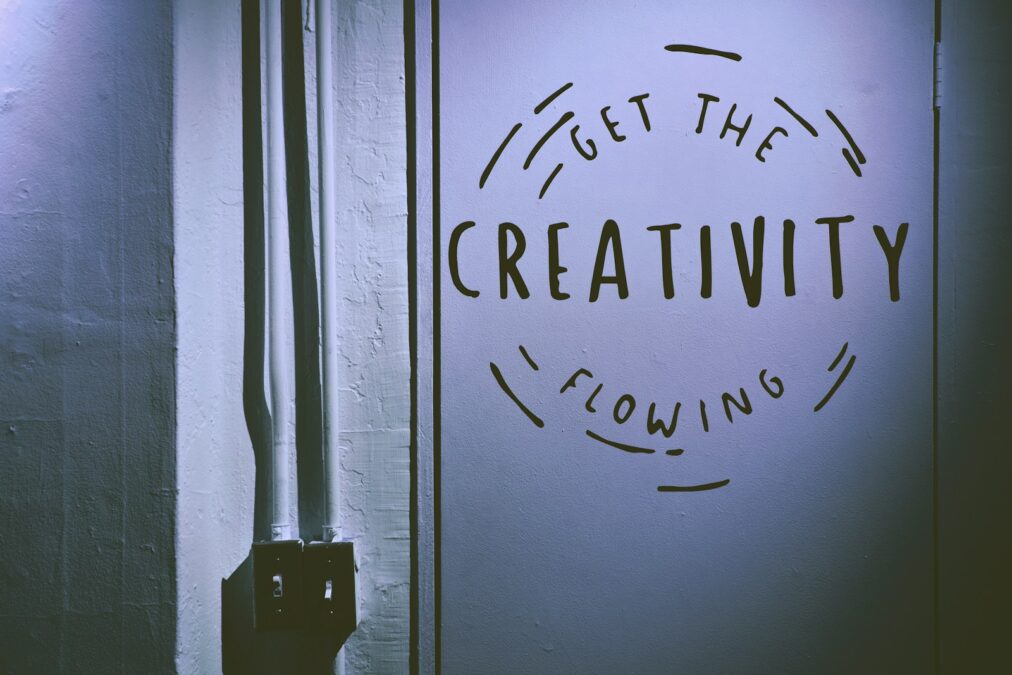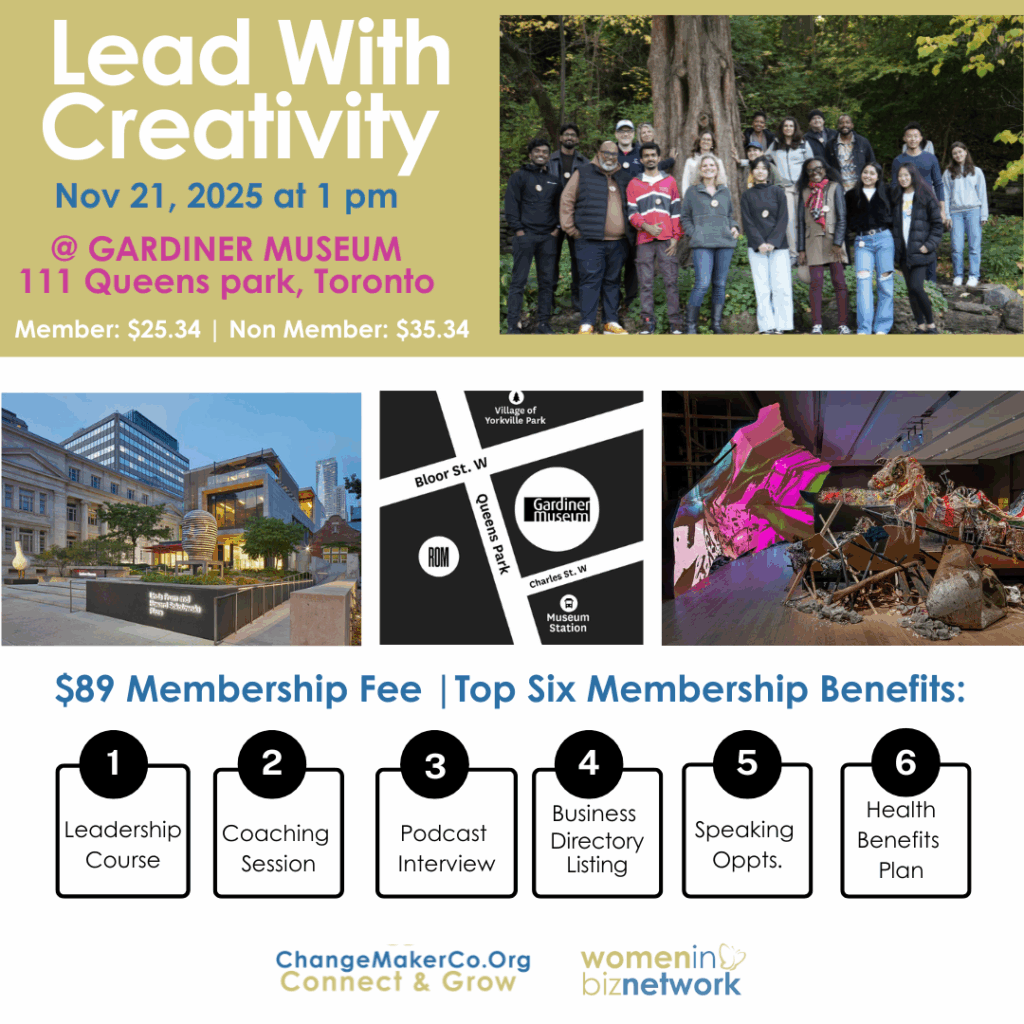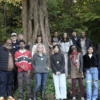Most of us grew up thinking creativity lived in museums and concert halls, shaped by the greats like Rembrandt, Monet, Mozart, and Bach. But today, the world offers us a very different picture of creativity and creative leadership. It slips quietly into ordinary moments. It lives in the soft lines someone draws of strangers on a moving train, in the way a forgotten piece of furniture is coaxed back into something beautiful, and in pastries crafted with such care they feel like tiny sculptures, almost too breathtaking to disturb.
You can’t really compare a Renaissance painter to a TikTok creator, but they do share something important: the courage to imagine something and bring it into reality.
Creativity isn’t loud or dramatic. Most of the time, it sits quietly inside us. It shows up when we look at a problem from a new angle, when we make an unexpected connection, or when we picture a possibility we haven’t tried yet.
George Kneller once wrote that “Creativity… consists largely of rearranging what we know in order to find out what we do not know.”
Leaders spend so much of their time doing exactly that.
Why creativity matters for a leader?
Leadership is rarely just planning or strategy. It is imagining a way forward when things feel uncertain. It is choosing curiosity instead of panic. It is asking yourself, What else could this be?
Creative leaders are the ones who look at obstacles and still manage to spot immense possibilities. They encourage their teams to think in new ways. They question old habits. They inspire by being curious, open, and willing to try things that might not work perfectly the first time.
If you have ever solved a messy moment in a clever or surprising way, you have already tapped into creative leadership.
What creative leaders tend to do differently
- They invite real, honest perspectives
Great ideas rarely come from one person sitting alone. Creative leaders pull in different voices. They let people contribute without fear of judgment. They connect ideas that don’t usually meet. It feels a bit like putting together a puzzle no one realized belonged in the same box.
- They use storytelling to make ideas feel alive
Stories help people feel something. They build trust. They make even complicated ideas easier to understand. A meaningful story usually has three things:
- a personal moment
- a challenge or tension
- a sense of what is possible on the other side
Facts may help us understand but it’s the stories that make us care.
- They create space for play and curiosity
A relaxed mind is a creative one. When people feel safe to experiment, they open up.
This can look like turning a tricky problem into a team challenge or letting people brainstorm without limits. It also means remembering that mistakes are part of the process. They are not signs of failure.
- They trust their intuition
Information is helpful, but it never tells the whole story. Creative leaders listen to their instincts, especially when things get complicated.
- They reflect and refine
Creativity grows through small adjustments. Leaders who test ideas, listen to feedback, and try again are the ones who build real change.
The qualities that shape creative leadership
- Fresh thinking
- New ways of solving problems
- A vision of what could be
- A willingness to collaborate
- The ability to adjust when life shifts
How creativity strengthens an organization
- boosts innovation
- improves problem-solving
- increases engagement
- makes teams more adaptable
- builds a culture where people feel safe to think differently
The challenges that come with creativity
Being creative is rewarding for leader, but many a times leaders face:
- pushback from people who prefer the familiar
- balancing new ideas with practical limits
- deciding how much risk is too much
- tight timelines or limited resources
- creative blocks that slow everything down
The leaders who stay open and persistent are the ones who end up transforming the most.
If you’re ready to connect with the creative leader in yourself, our upcoming ChangeMaker event is a wonderful place to start.
Join Leigh Mitchell for an afternoon of gentle exploration into a more imaginative way of leading.
Gardiner Museum, 111 Queens Park, Toronto, ON M5S 2C7
Friday, November 21 • 1:00 p.m. to 6:00 p.m. EST
Creative Leadership Session
Using the C.H.A.N.G.E. Framework, you will learn how to:
- understand the science behind play and how it unlocks creativity
- move through mental blocks with more ease
- create a team environment where experimenting feels safe
- reduce stress while strengthening engagement
- build small rituals that keep creativity alive in your leadership
You will leave with a simple, personal practice you can start using right away.
Mindful Sunset Walk
We will close the afternoon with a slow, grounding walk to Philosopher’s Walk at the University of Toronto. It is a gentle space to breathe, reflect, and connect with others in the group.
Save your spot.



